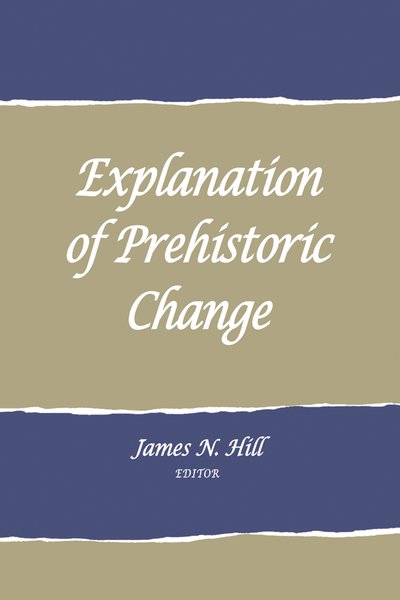Explanation of Prehistoric Change
Edited by James N. Hill
What is change? What is stability? How and why does each occur? Can they be predicted? The contributors discuss these questions and others about the nature of change through diverse case studies from Hawaii, Midwestern America, the American Southwest, Iran, and the Teotihuacan Valley in Mexico. They examine the theoretical nature of change—its causes, processes, and results—in an effort to form a coherent theory of societal evolution.
1977. 370 pp., figures, notes, references, index, 6 x 9
Contributors: Richard I. Ford, Michael A. Glassow, James N. Hill, Melvin L. Perlman, Fred Plog, William T. Sanders, Arthur A. Saxe, Henry T. Wright
Download an excerpt.
This volume is available through print on demand, shipped directly to you. Please fill out the following form to receive information about pricing.
Explanation of Prehistoric Change inquiry:
There are no reviews at this time.
- Introduction James N. Hill
- Explaining Change Fred Plog
- Systems Theory and the Explanation of Change James N. Hill
- On the Origin of Evolutionary Processes: State Formation on the Sandwich Islands Arthur A. Saxe
- Evolution Ecology and the Evolution of Human Ecosystems: A Case Study from the Midwestern U.S.A. Richard I. Ford
- Population Aggregation and Systematic Change: Examples from the American Southwest Michael A. Glassow
- Toward an Explanation of the Origin of the State Henry T. Wright
- Resource Utilization and Political Evolution in the Teotihuacan Valley William T. Sanders
- Systems Theory and Simulation: The Case of Hawaiian Warfare and Redistribution Fred Plog
- Discussion James N. Hill, Ed.
- Comments on Explanation, and on Stability and Change Melvin L. Perlman
There are no working papers for this book at the present time.
